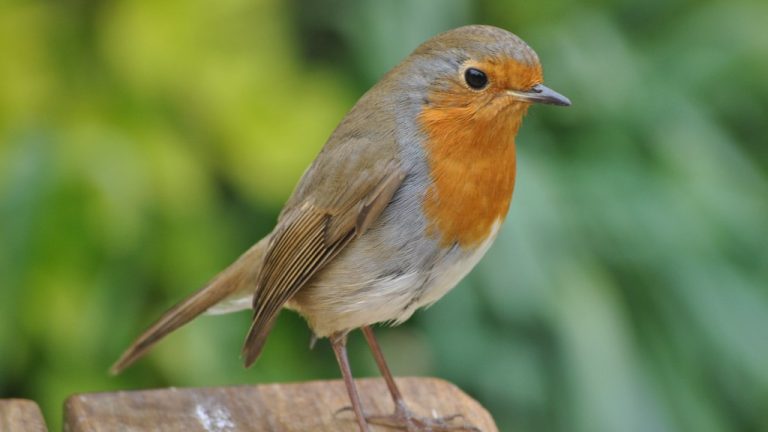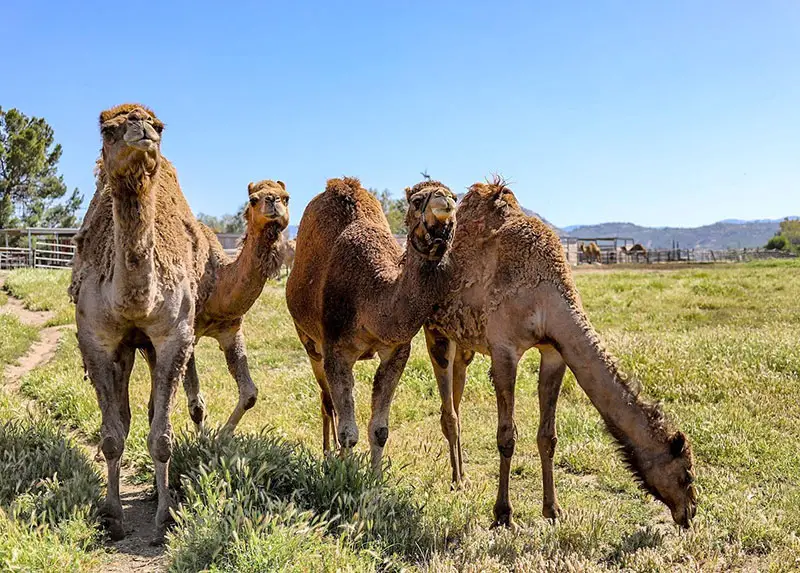Robins, those vibrant harbingers of spring with their melodious carols and cheerful red breasts, have long held a special place in human hearts. Beyond their captivating appearance and joyful songs, these remarkable birds exhibit fascinating social behaviors and ecological significance. By delving into the diverse collective nouns used to describe groups of robins, we embark on a journey beyond the “flock,” exploring their social dynamics, ecological contributions, and the challenges they face in a changing world.
Collective Nouns for Robins
While “flock” reigns supreme as the most common term, signifying a large and often moving group of robins, other terms paint a more nuanced picture depending on the context:
- Flock: This term evokes a sense of movement, abundance, and shared purpose. It signifies a large group of robins flying together, often migrating, searching for food, or seeking refuge. The image it creates is one of a swirling mass of red feathers against the vast canvas of the sky, highlighting their synchronized movements and collective spirit.
Example: As the first rays of dawn painted the horizon with hues of orange and pink, a flock of robins soared through the crisp morning air. Their synchronized flight patterns and cheerful chirps created a mesmerizing spectacle, showcasing their coordinated movement and shared journey.
- Chime: This term evokes a sense of harmony, melody, and shared expression. It signifies a group of robins singing together in a chorus. The image it creates is one of a symphony of vibrant melodies echoing through the trees, each robin contributing its unique voice to the collective song, highlighting their vocal repertoire and social bonding through song.
Example: Nestled amongst the lush foliage of the park, a chime of robins filled the air with their enchanting melody. Their harmonious songs, a testament to their vocal talents and social interaction, created a sense of peace and tranquility.
- Watch: This term evokes a sense of vigilance, alertness, and shared responsibility. It signifies a group of robins perched on a branch or fence, keeping an eye out for predators. The image it creates is one of a group of robins with heads tilted upwards, their sharp eyes scanning the surroundings, highlighting their keen awareness of their environment and their collaborative approach to safety.
Example: As the resident hawk circled overhead, a watch of robins on the rooftop became motionless, their attentive gazes fixed on the predator. Their collective vigilance, a testament to their survival instincts and cooperative behavior, ensured the safety of the entire group.
- Hover: This term evokes a sense of agility, precision, and focused pursuit. It signifies a group of robins hovering in the air, often searching for insects or worms. The image it creates is one of a flurry of red feathers suspended mid-air, each robin gracefully maneuvering and meticulously examining the ground below, highlighting their remarkable aerial skills and the cooperative nature of their foraging behavior.
Example: In a vibrant meadow teeming with life, a hover of robins danced between the wildflowers. Their precise movements and focused attention, showcasing their aerial agility and collaborative hunting techniques, ensured a successful search for sustenance.
Interesting Facts About Robins
Understanding these collective nouns goes beyond mere vocabulary; it allows us to appreciate the intricate world of robins and their vital role in our ecosystems:
Social Symphony: Robins exhibit fascinating social behaviors beyond their melodious songs. They engage in playful interactions during breeding season, and family groups often work together to raise their young.
Ecological Guardians: Robins play a crucial role in maintaining healthy ecosystems. They act as natural insectivores, helping to control insect populations that can damage crops and spread diseases. They also contribute to seed dispersal, ensuring the regeneration of plant life.
Facing the Future: Robins face challenges due to habitat loss, climate change, and pesticide use. By understanding their significance and taking steps to conserve their habitats, we can ensure that the “robin roundelays” continue to fill our world with their melody and grace.
Final Thoughts
From the soaring “flock” to the melodious “chime,” the vigilant “watch,” and the agile “hover,” the diverse collective nouns for robins offer a glimpse into their fascinating social dynamics and enduring presence in our world. By appreciating these terms, understanding their intricate behavior and ecological significance, and acknowledging the challenges they face, we can strive to create a future where these beloved birds continue to thrive and share their symphony with generations to come.
Also Read:





